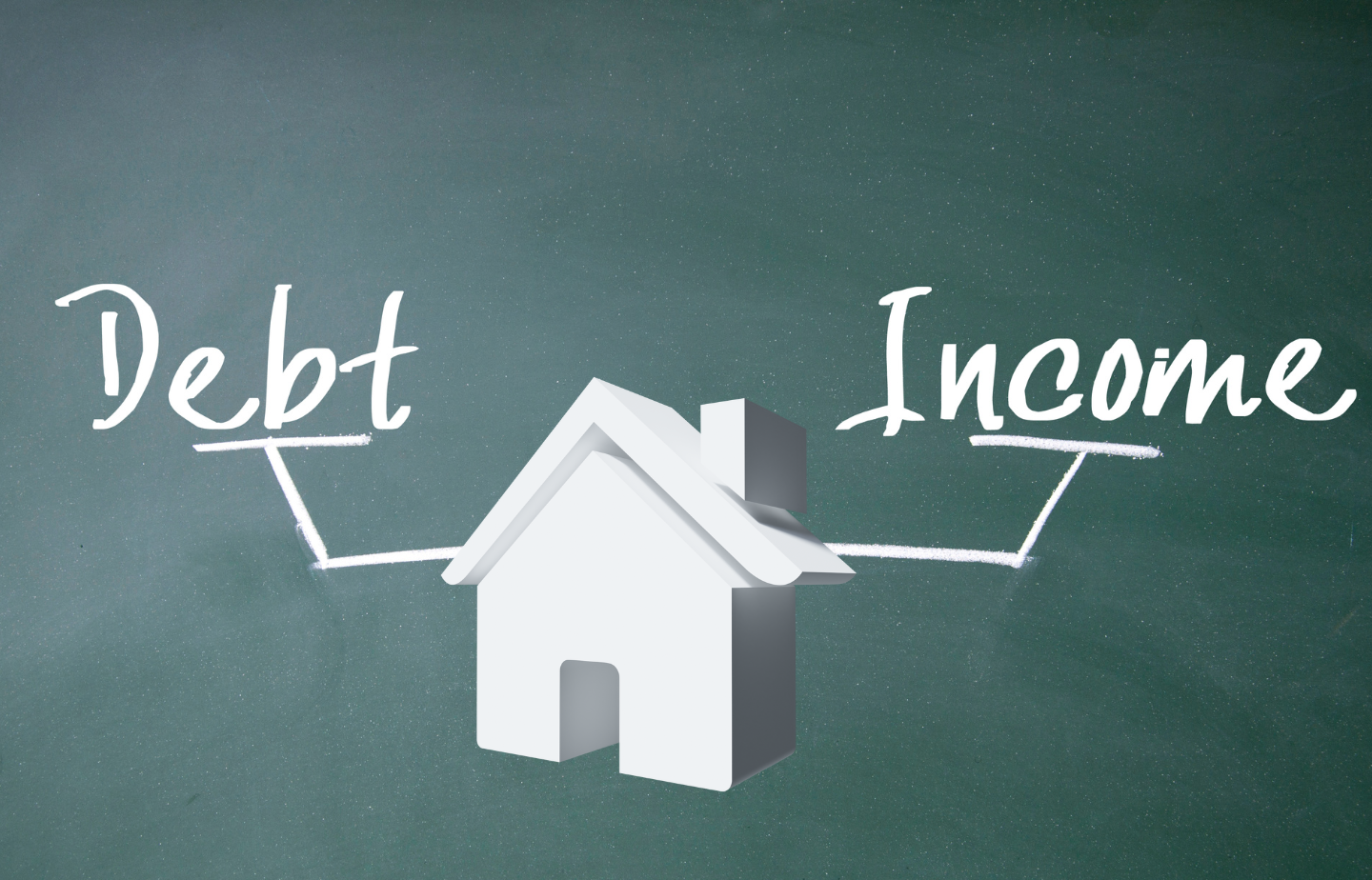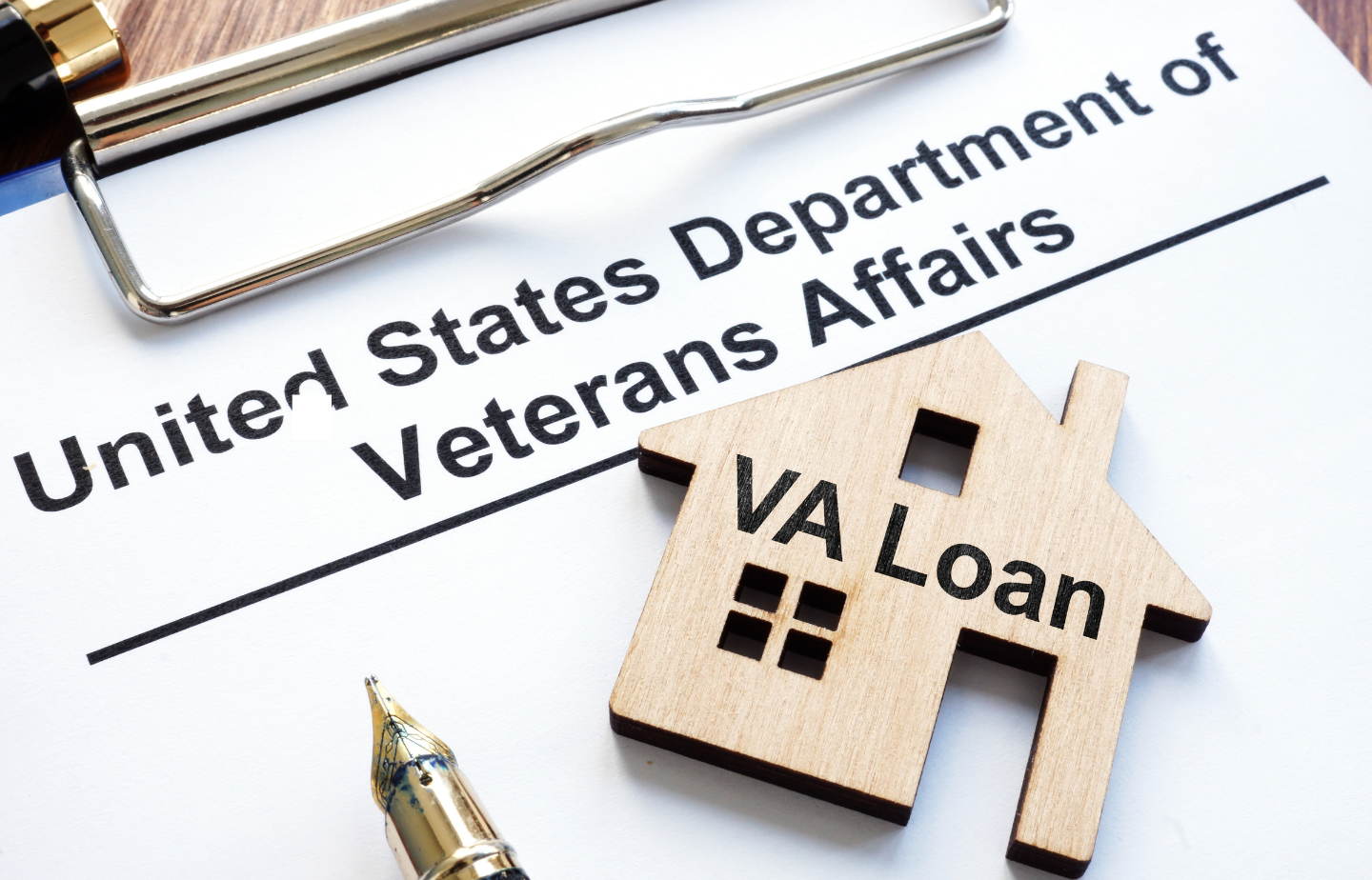Non-QM Home Loans: How Do They Work?
 There are a lot of people who dream of owning a home one day, but few people have the cash to purchase a home outright. Therefore, you will probably need to take out a loan to buy a house; however, what happens if you cannot qualify for a loan with the traditional loan requirements? If you are not a W2 employee, you may need to go with a Non-QM loan. What do you need to know?
There are a lot of people who dream of owning a home one day, but few people have the cash to purchase a home outright. Therefore, you will probably need to take out a loan to buy a house; however, what happens if you cannot qualify for a loan with the traditional loan requirements? If you are not a W2 employee, you may need to go with a Non-QM loan. What do you need to know?
What Is A Non-QM Loan?
A Non-QM loan is a non-qualified mortgage. What this means is that you do not meet the standard requirements to qualify for a mortgage. Some of the factors that you need to meet to qualify for a traditional mortgage include meeting the necessary income requirements, having pay stubs, having a debt-to-income ratio that satisfies the lender’s requirements, and taking out a mortgage that is 30 years or less. Your fees also cannot be more than 3 percent of the value of the loan. There is a common misconception that having a Non-QM loan is bad, but that is not the case. Everyone is in a different employment situation, and a Non-QM loan could be the right move for some people.
Why Take Out A Non-QM Loan?
There are a few reasons why you should consider taking out a Non-QM loan. First, they require less documentation than other mortgages, so you might not need to produce W2s or employment verification to qualify for a loan. You also may not have to meet strict credit score requirements. If your credit score is not the best, you can still take out a home loan with a Non-QM option.
Who Should Get A Non-QM Loan?
There are many people who should consider taking out a Non-QM loan. If you plan on applying for a home loan without proof of income, this might be the right option. Furthermore, if you are a freelancer, or if you are not a W-2 employee, this could be a solid choice. There are plenty of people who could benefit from this loan, and it is important to work with a professional who can help you.

 When you apply for a mortgage, your lender will do some quick math to figure out how much of a loan you can afford. Your lender will consider many factors, and one of the most important ones is your debt-to-income ratio. It is usually shortened to DTI, and understanding this formula can help you better understand how big of a house you can afford.
When you apply for a mortgage, your lender will do some quick math to figure out how much of a loan you can afford. Your lender will consider many factors, and one of the most important ones is your debt-to-income ratio. It is usually shortened to DTI, and understanding this formula can help you better understand how big of a house you can afford.  When you are applying for a home loan, you need to make sure that you meet the minimum credit score requirements. If you decide to go with a traditional loan, the credit limit can be high, making it hard to qualify for a home loan. In contrast, you might be able to qualify for a VA home loan with a much lower credit score. What do you need to know?
When you are applying for a home loan, you need to make sure that you meet the minimum credit score requirements. If you decide to go with a traditional loan, the credit limit can be high, making it hard to qualify for a home loan. In contrast, you might be able to qualify for a VA home loan with a much lower credit score. What do you need to know?